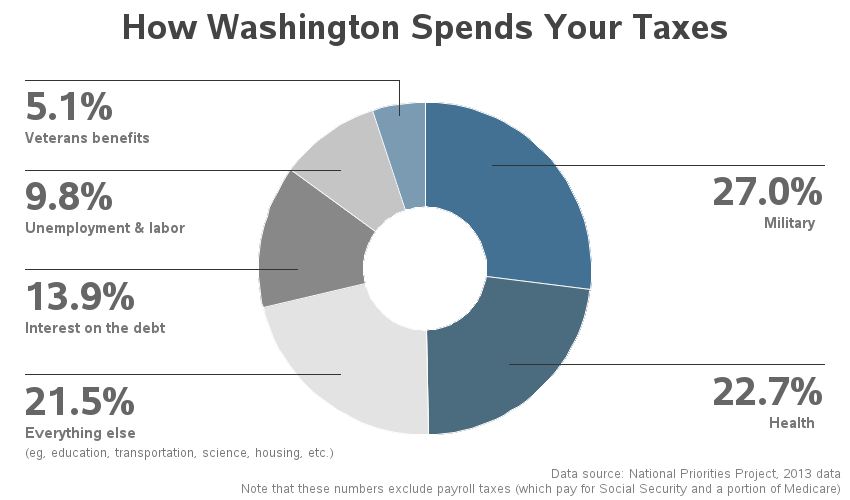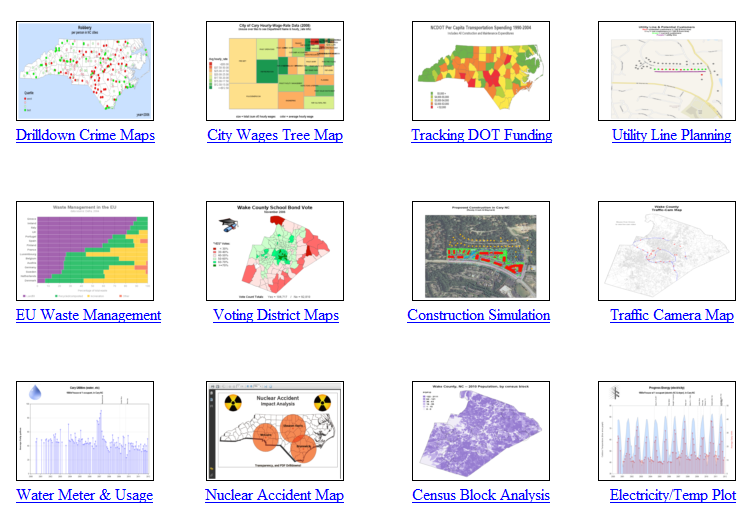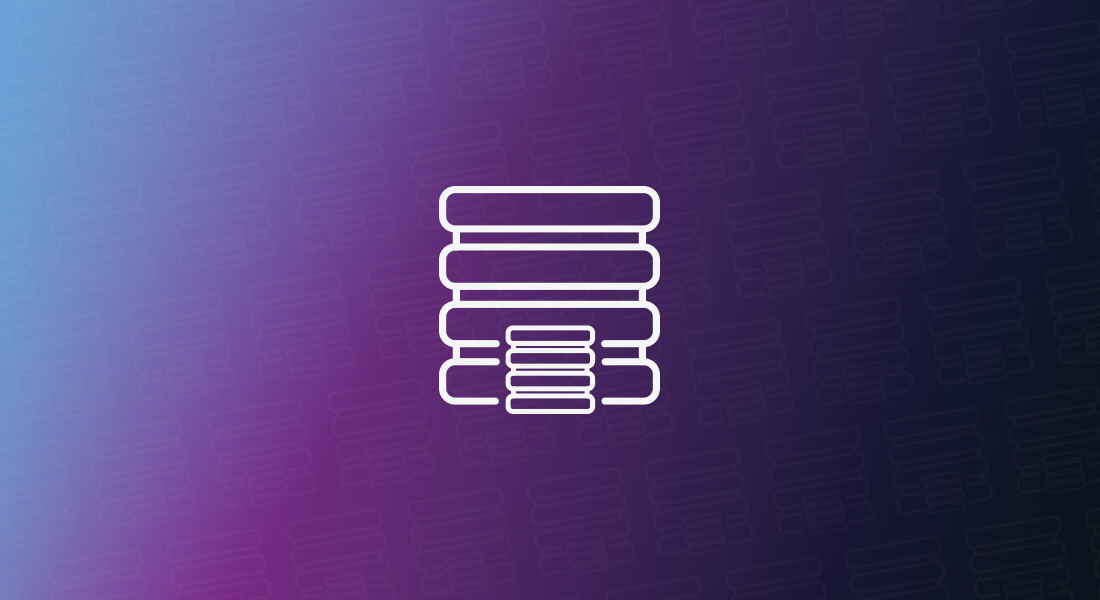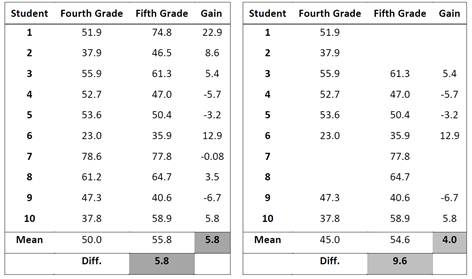
Today it is common knowledge that a classroom teacher is the single largest in-school influence on student academic growth[1]. So when South Carolina received ESEA flexibility in July, 2012, the State Department of Education immediately began an initiative empowering teachers to increase their own effectiveness. Known as the Educator Evaluation System





















